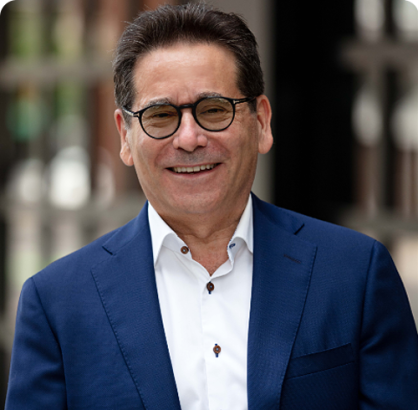- Video Library
- Peter Bloch, BresoTEC - Diagnosing Sleep Apnea | LSI Europe '22
Peter Bloch, BresoTEC - Diagnosing Sleep Apnea | LSI Europe '22

Peter Bloch
Peter Bloch has more than 25 years of experience in leading healthcare and technology companies in the role of Chairman, CEO and previously CFO. This includes experience in both large Pharmaceutical (Sanofi -Aventis) and earlier stage Medical Device and Biotechnology companies (Bionik Laboratories, Tribute Pharmaceuticals and Intellivax).
Peter Bloch
Peter Bloch has more than 25 years of experience in leading healthcare and technology companies in the role of Chairman, CEO and previously CFO. This includes experience in both large Pharmaceutical (Sanofi -Aventis) and earlier stage Medical Device and Biotechnology companies (Bionik Laboratories, Tribute Pharmaceuticals and Intellivax).

17011 Beach Blvd, Suite 500 Huntington Beach, CA 92647
714-847-3540© 2025 Life Science Intelligence, Inc., All Rights Reserved. | Privacy Policy







